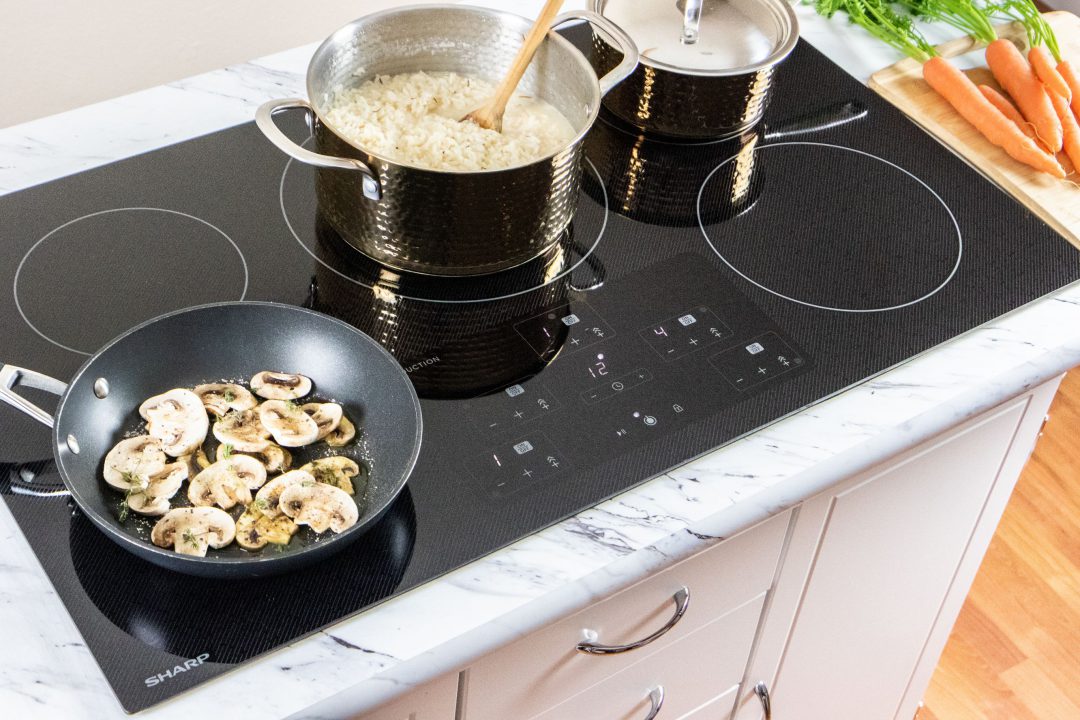Using Cast Iron for One-Pot Meals: A BBQ Lover's Guide
Written By James Morgan
For barbecue enthusiasts, the allure of outdoor cooking often includes the use of a trusty cast iron skillet. Renowned for its exceptional heat retention and even distribution, cast iron has become a staple in many kitchens, especially for those who are passionate about one-pot meals. In this guide, we will delve into the art of using cast iron for one-pot meals and explore why it is an indispensable tool for any BBQ lover.

Why Choose Cast Iron for One-Pot Meals?
Cast iron cookware is celebrated in the culinary world for its durability and versatility. When it comes to one-pot meals, these features are particularly advantageous. The robust nature of cast iron means that it can withstand high temperatures, making it perfect for both stove-top and oven cooking. This allows for a seamless transition from searing to simmering, giving your dishes a depth of flavor that is hard to achieve with other types of cookware.
Moreover, the non-stick surface that develops over time with proper seasoning enhances the cooking experience, allowing ingredients to brown perfectly without sticking. This characteristic is especially important when you're preparing complex dishes that require multiple stages of cooking.
Perfecting the Art of One-Pot Meals
One of the main attractions of one-pot meals is their simplicity and efficiency. For a BBQ enthusiast, this means you can spend more time enjoying the outdoors and less time cleaning up. A well-seasoned cast iron skillet is ideal for these types of meals, as it can handle a variety of ingredientsfrom meats to vegetablesall in a single pan.
Consider a classic dish like jambalaya, where the cast iron pan allows you to saut vegetables, brown meats, and simmer rice all in one go. The pan's ability to maintain a steady temperature is crucial for ensuring that the rice cooks evenly without burning at the bottom. To learn more about the environmental impact of cooking tools like cast iron, you might want to check out this insightful article.
Seasoning Your Cast Iron
Proper seasoning is key to getting the most out of your cast iron cookware. Seasoning not only provides a natural, non-stick coating but also protects the pan from rust. To season your pan, simply apply a thin layer of vegetable oil to the surface and bake it in the oven at 350F for about an hour. Regular seasoning helps maintain the pan's performance and ensures your one-pot meals come out perfectly every time.
Cleaning and Maintenance
Maintaining your cast iron pan is straightforward yet essential. After cooking, allow the pan to cool slightly, then rinse it with warm water. Avoid using soap, as it can strip away the seasoning. Instead, use a brush or a scraper to remove any food residue. Once clean, dry the pan thoroughly and apply a light coat of oil to prevent rusting. For more detailed cleaning tips, refer to this helpful guide.
Exploring Recipes for One-Pot Meals
The versatility of cast iron opens up a world of possibilities when it comes to recipes. From hearty stews to flavorful risottos, the options are endless. One popular choice among BBQ enthusiasts is a smoky chili con carne, where the flavors are intensified by the even heat distribution of the cast iron. Alternatively, a Mediterranean-inspired shakshuka can be effortlessly prepared, combining fresh vegetables and eggs in a single pan.
For those who enjoy slow-cooked meals, using cast iron on an induction stove can be incredibly effective. Check out this guide on slow cooking with induction for tips on achieving tender, flavorful results.
Adapting to Induction Cooking
With the growing popularity of induction cooktops, many home cooks are curious about whether cast iron is suitable for this modern cooking method. The good news is that cast iron is compatible with induction, thanks to its magnetic properties. This compatibility means you can enjoy the benefits of both traditional and modern cooking techniques. For more information on using cast iron with induction, visit this resource.

FAQ Section
What makes cast iron ideal for one-pot meals?
Cast iron is perfect for one-pot meals due to its durability, excellent heat retention, and non-stick surface that develops over time.
How do I maintain the seasoning on my cast iron pan?
To maintain seasoning, apply a thin layer of vegetable oil after each use and bake the pan at 350F for an hour to reinforce the non-stick layer.
Can I use cast iron on an induction cooktop?
Yes, cast iron is suitable for induction cooking due to its magnetic properties. It offers the benefits of traditional cooking with modern efficiency. For more information, read this useful article.



